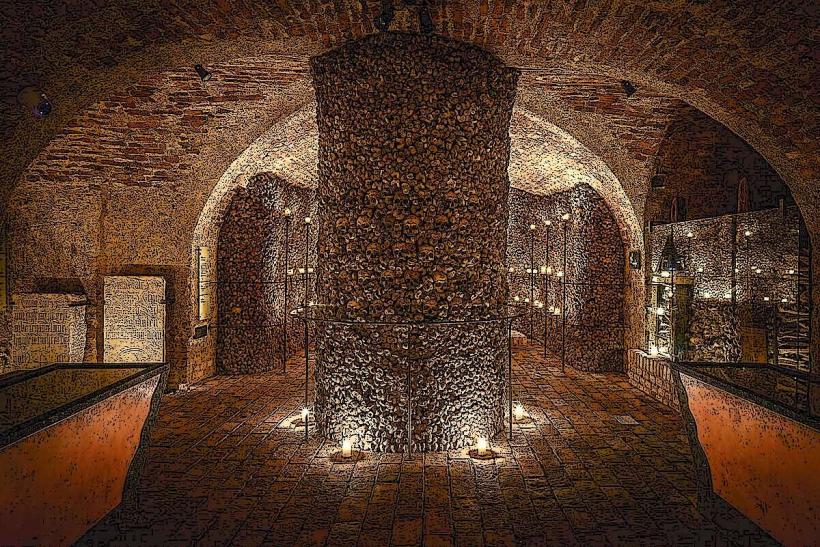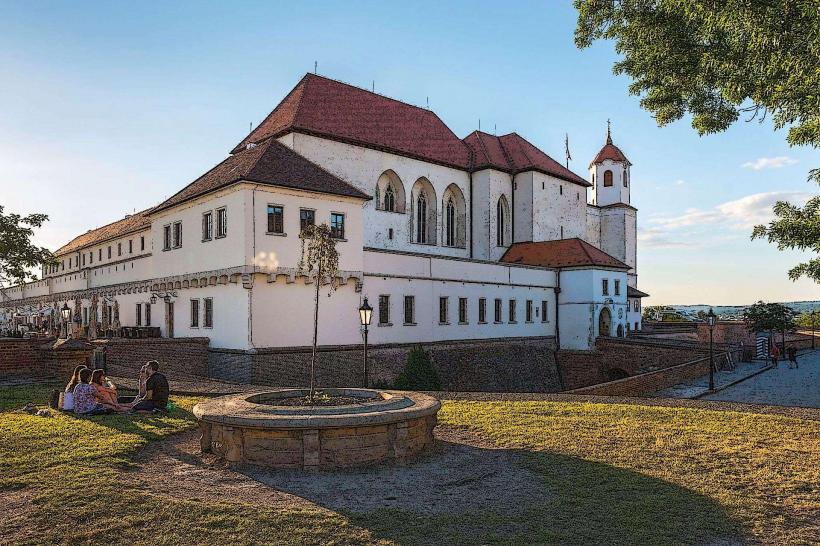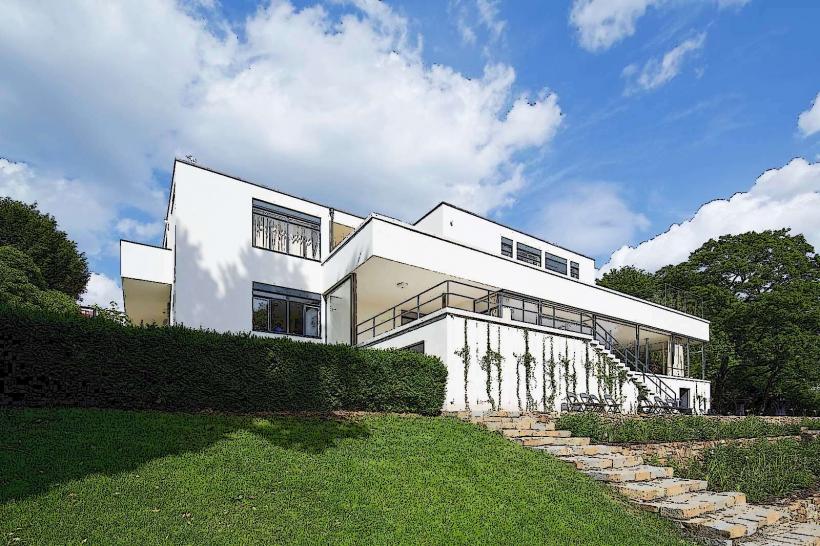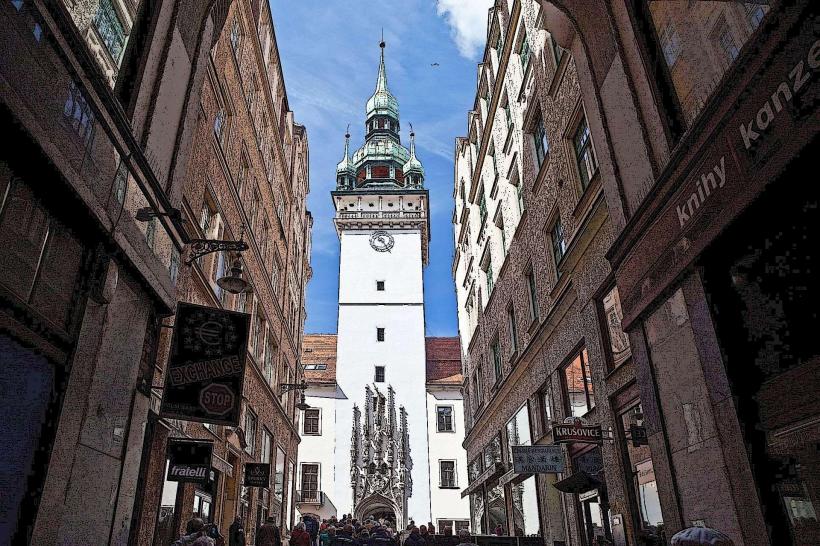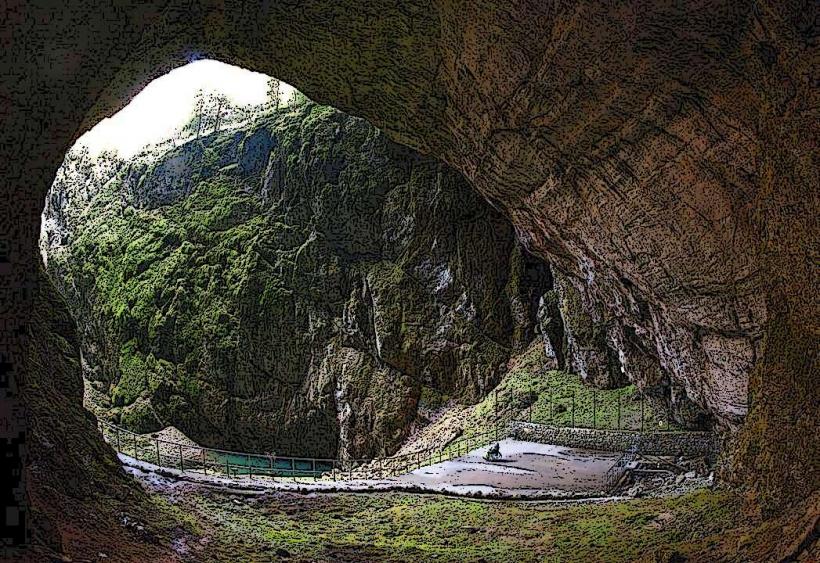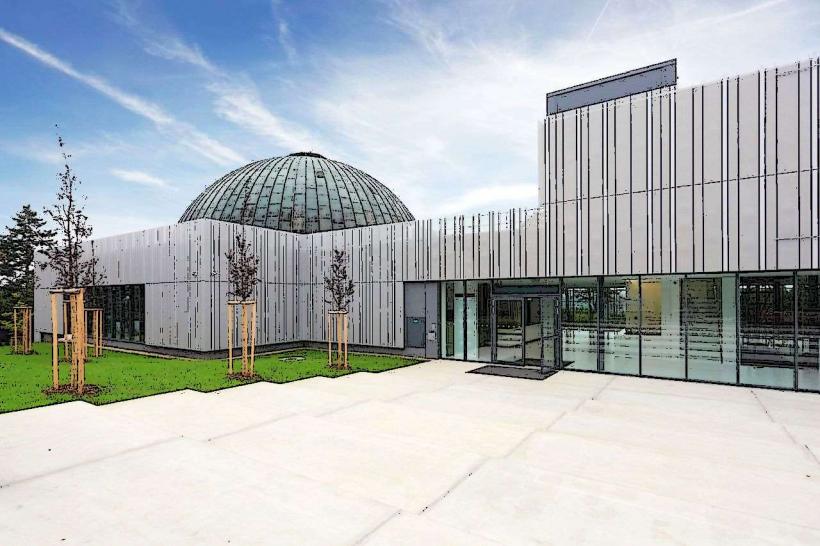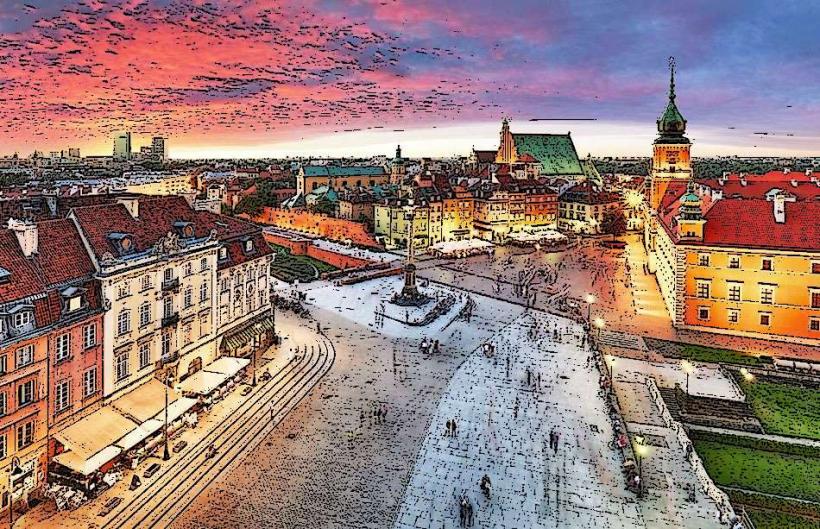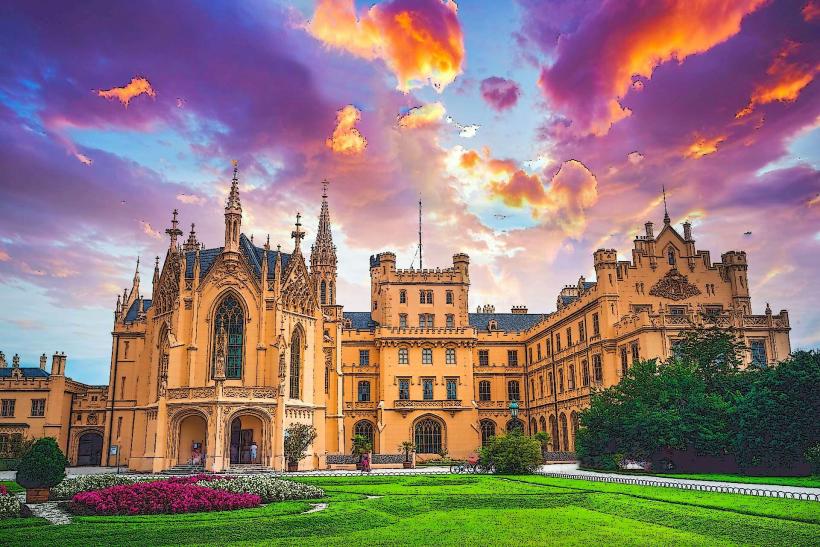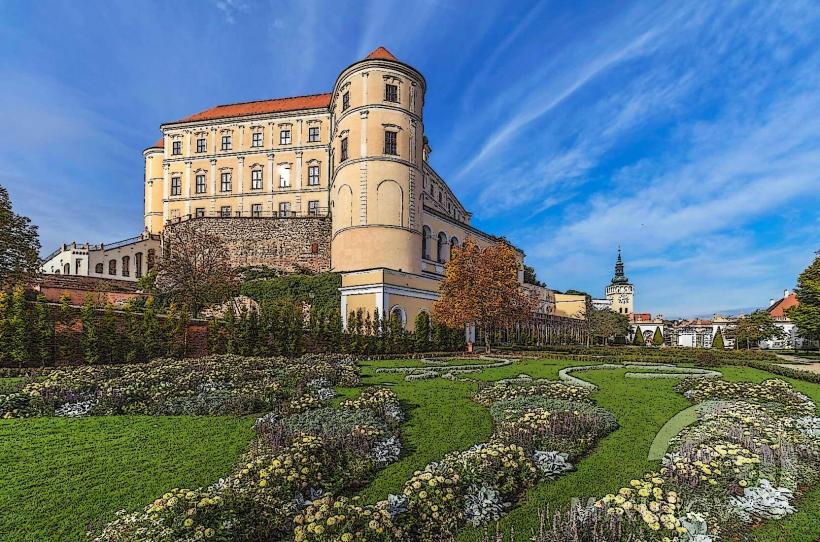Information
Landmark: Cathedral of St. Peter and PaulCity: Brno
Country: Czech Republic
Continent: Europe
Cathedral of St. Peter and Paul (Katedrála sv. Petra a Pavla) – Detailed Overview
The Cathedral of St. Peter and Paul is one of Brno’s most iconic landmarks, standing majestically atop the Petrov Hill in the city’s historic center. The cathedral, a striking example of Gothic architecture, is not only an important religious site but also a symbol of Brno itself. Its towering spires are a prominent feature of the city’s skyline, and it is renowned for its historical significance, architectural beauty, and cultural importance.
Location and Accessibility
- Address: Petrov 9, 602 00 Brno, Czech Republic
- Situated: The cathedral is located on Petrov Hill, which rises above the city, offering a spectacular view of Brno. It stands in the historic center of the city, near Špilberk Castle and other important landmarks.
- Access:
- On Foot: The cathedral is within walking distance from the main square of Brno, náměstí Svobody (Liberty Square), making it easily accessible to tourists.
- Trams: Several tram lines stop near the cathedral, including the tram station Petrov.
History of the Cathedral of St. Peter and Paul
Early Origins
The history of the cathedral dates back to the 11th century, although the church has undergone multiple reconstructions and changes over the centuries.
Founding: The origins of the cathedral trace back to 1104, when a Romanesque church was first built on the site. The church was dedicated to St. Peter and St. Paul, two of the most significant saints in Christianity.
Development in the 13th Century: The Romanesque church was significantly expanded in the 13th century, particularly under the influence of the Austrian and Bohemian monarchs. The church began to play a central role in the religious life of Brno, and the surrounding area was developed as a religious center.
Gothic Transformation (14th – 15th Century)
In the 14th century, the church was expanded into a more elaborate Gothic style.
Gothic Reconstruction: In the 14th century, under the rule of King John of Bohemia, the church underwent significant renovation and reconstruction, transforming it into a Gothic cathedral. The cathedral's layout and architectural features were influenced by the growing importance of Gothic architecture in Central Europe during this time.
Construction of the Towers: The most prominent feature of the cathedral, the twin spires, was also part of this Gothic transformation. These towering spires, which rise to over 80 meters (262 feet), are a hallmark of Brno's skyline and can be seen from nearly every part of the city.
Baroque Modifications (17th Century)
In the 17th century, the cathedral underwent several Baroque modifications, which added to its grandeur and decoration.
- Baroque Altars and Chapels: During the Baroque period, the cathedral was enriched with elaborate altars, chapels, and decorative elements, including frescoes, stained glass, and sculptures. These changes were largely funded by local noble families and church patrons, reflecting the growing importance of Baroque art and architecture in the region.
19th Century and Modern Changes
The 19th century saw further renovations, including efforts to restore and maintain the cathedral’s structures.
Restoration Work: The cathedral underwent a major restoration in the 19th century to preserve its Gothic features, particularly the twin towers. Some parts of the church were modified to accommodate the increasing number of visitors and to meet the needs of the growing Catholic population in Brno.
Modern Developments: The cathedral continues to be an active place of worship and a cultural hub. In recent years, the cathedral has undergone preservation efforts, particularly regarding the interior frescoes, organ, and stained glass windows, to ensure its historical integrity.
Architectural Features
The Cathedral of St. Peter and Paul is a masterpiece of Gothic architecture, with key elements reflecting the influences of both Romanesque and Baroque styles:
1. The Twin Spires
Iconic Towers: The cathedral’s most iconic feature is its twin spires, which dominate the skyline of Brno. The spires are asymmetrical in height, with the taller spire reaching 82 meters. The spires are a dominant feature of the city’s architecture and serve as a symbol of Brno.
Architectural Design: The spires are a characteristic example of Gothic verticality, designed to draw the eye upwards and emphasize the heavenly nature of the church. They are adorned with decorative pinnacles and flying buttresses that support the structure.
2. The Interior
Nave and Aisles: The interior of the cathedral is designed in the traditional Gothic style, with a long nave and side aisles. The high vaulted ceilings are supported by pointed arches, creating a sense of verticality and light.
Altar and Chapels: The cathedral has several Baroque altars and chapels dedicated to various saints. The main altar is a stunning example of Baroque art, and the surrounding chapels are richly decorated with frescoes, sculptures, and gold leaf.
Frescoes and Stained Glass: The cathedral’s interior walls are adorned with frescoes, and the windows feature intricate stained glass depicting biblical scenes. Some of the stained glass windows date back to the 14th century and have been carefully preserved.
3. The Crypt
- The cathedral features a crypt beneath the altar, which serves as the final resting place for several prominent figures from Brno's history. The crypt is a significant part of the cathedral's religious function and is often visited by those seeking to pay their respects.
4. Organ
- The cathedral houses an impressive organ, which is used during religious services and concerts. The organ’s sound fills the vast cathedral, adding to the spiritual atmosphere of the space.
Cultural and Religious Significance
The Cathedral of St. Peter and Paul is not just an architectural marvel, but also an important religious center for Brno:
Seat of the Bishop: The cathedral is the seat of the Bishop of Brno, making it the center of Catholicism in the region. It is the site of important liturgical events, including Mass, festivals, and special ceremonies.
Pilgrimage Site: Due to its historical and spiritual importance, the cathedral attracts pilgrims and tourists alike. It is an important place for Catholic worship, particularly during major religious holidays like Easter and Christmas.
Visitor Experience
Visitors to the Cathedral of St. Peter and Paul can explore its rich history and stunning architecture through the following experiences:
Guided Tours: Visitors can join guided tours to learn about the history, art, and architecture of the cathedral. Tours often focus on the cathedral's Gothic and Baroque elements, its famous towers, and its role in Brno's religious life.
Climbing the Towers: One of the highlights of visiting the cathedral is the opportunity to climb the towers and enjoy the panoramic views of Brno and the surrounding area. The climb takes visitors to a viewing platform at the top of the spires, providing one of the best vistas in the city.
Services and Concerts: The cathedral hosts regular church services, and visitors can also attend musical concerts held in the cathedral, particularly those featuring organ music or choirs.
Cultural Events: The cathedral often hosts cultural events, such as art exhibitions, lectures, and lectures related to its history and the broader religious and cultural landscape of Brno.
Conclusion
The Cathedral of St. Peter and Paul is a must-see for visitors to Brno, offering a combination of rich history, stunning Gothic architecture, and cultural significance. Its towering spires, impressive interior, and spiritual atmosphere make it a central landmark not only in Brno but also in the broader Czech Republic. Whether you're interested in its historical importance, architectural beauty, or simply seeking a peaceful moment of reflection, the cathedral is an essential part of any visit to the city.

